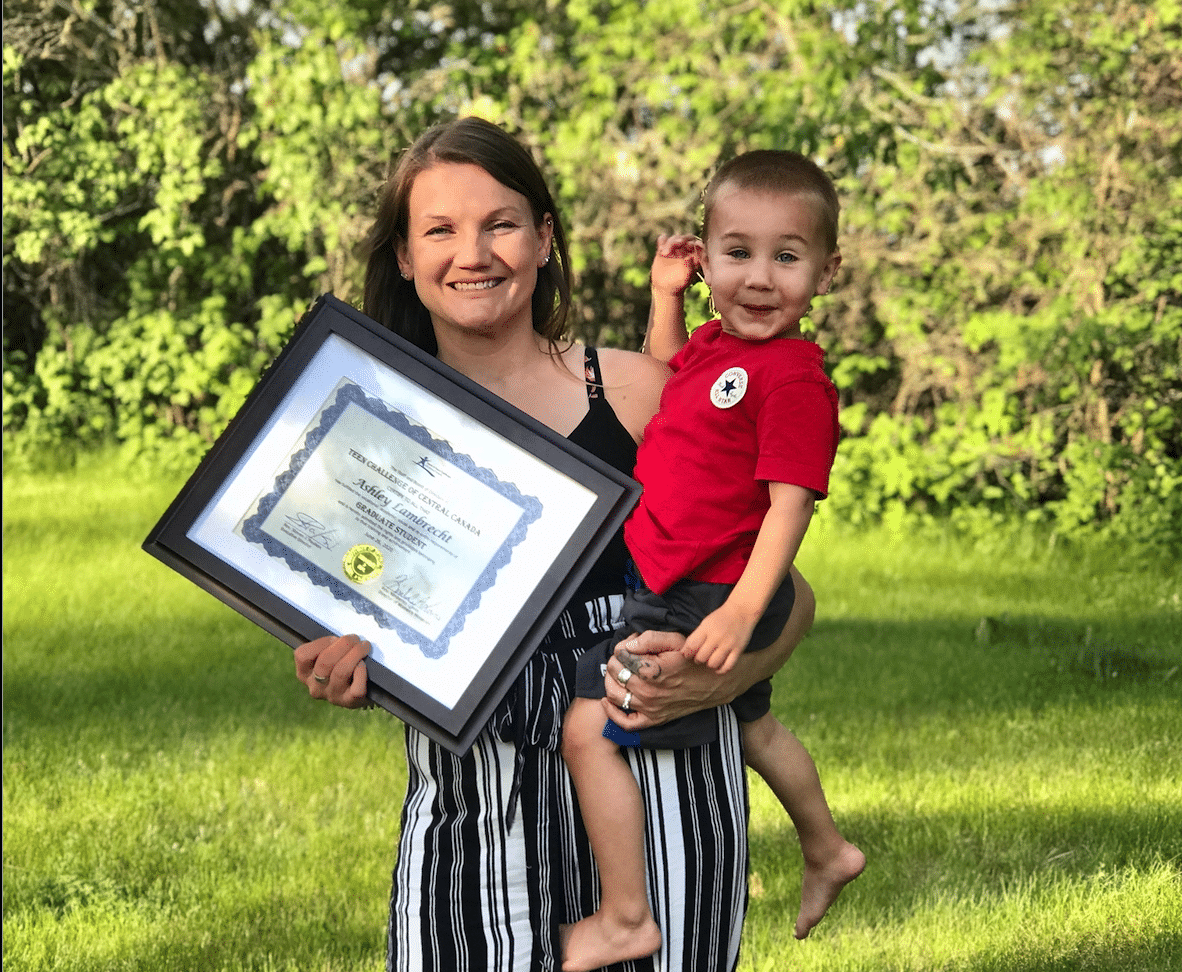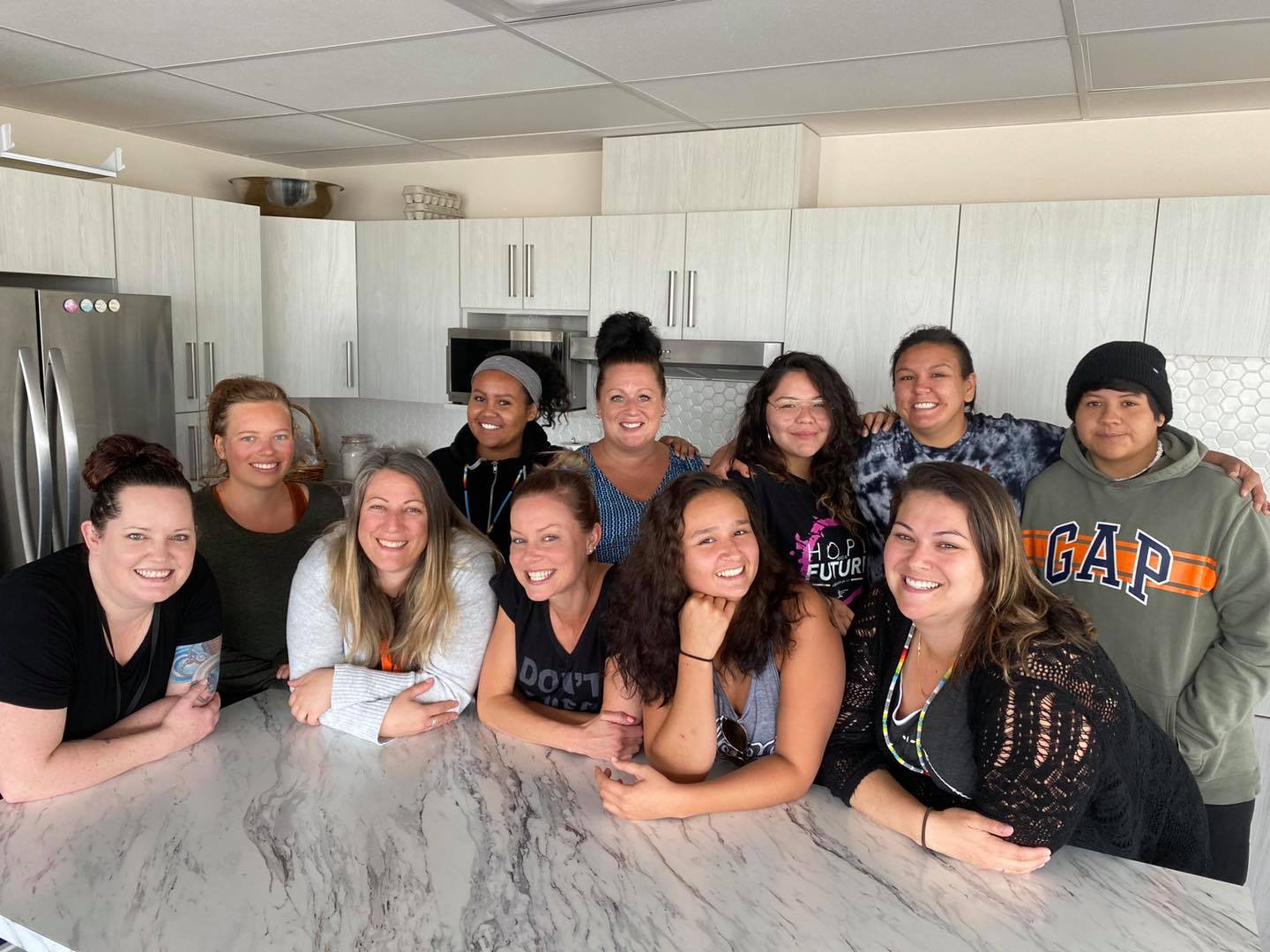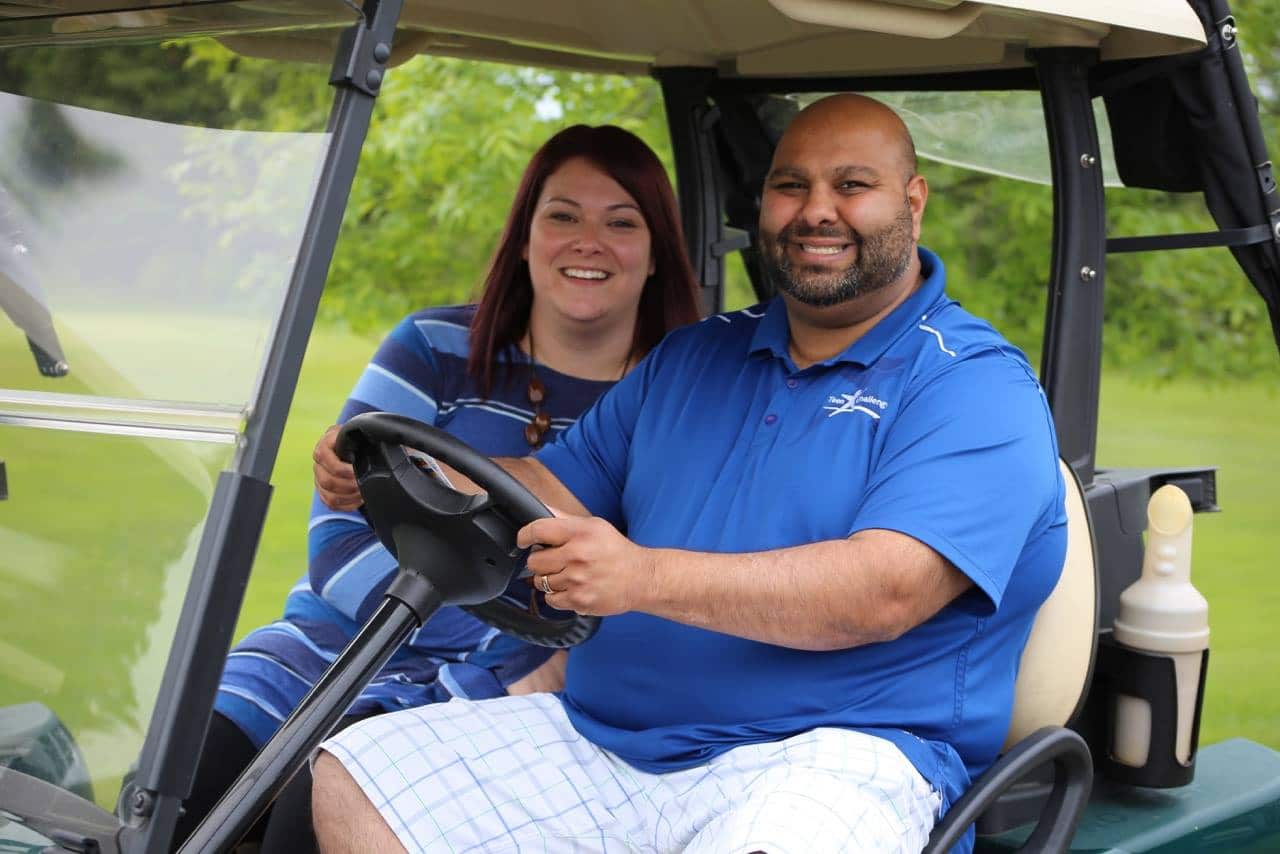Photographs provide evidence of who we are, what we do, and what we care about most.
Adult & Teen Challenge imagery is key to communicating the needs and hopes of the students who we serve. Visuals excite, motivate, and touch hearts. One of the ways to effectively communicate the successful results of our work is by highlighting the students not as victims, but as God’s children who have been redeemed and have overcome their situations and circumstances.
Photos should try to show real life settings, staff involvement, hope, joy, eye contact, and be sensitive to the people being portrayed.
While we deal on a daily basis with very dark subject matter, we should avoid using imagery of drugs, drug paraphernalia, scare images, etc. Our images should focus on hope and restoration, not on darkness and misery. When addressing darker themes like current drug use statistics, find creative ways to display the content without resorting to these type of images.
Guiding principles
Basic questions to consider when making a decision about images
How would the person feel about how their image was recorded and used?
A relationship of trust is built when people allow us to photograph and/or videotape their lives, and this bond of trust carries through to the use of the images. Would you have any qualms about visiting the person to show them how their image was used? Or showing the photographer how you’ve used his or her photo? How would you feel if the photo/video was of your family or your child?
What would a viewer assume from the context of the photo?
Your choice of visuals and level of digital alteration of photography, if any, requires good judgment. We must never be misleading. In editorial (news and story) contexts, we adhere to the strict code of ethics for photojournalism. This is essential for our credibility as an accurate, legitimate, and authentic source of information. In a story about real events, a viewer assumes the images are of the actual events—that they have not been contrived, retouched, or re-enacted.
Practical guidelines
How we do photography and video: Seek permission, show respect, and be especially sensitive with young people and people whose situations put them at risk.








































